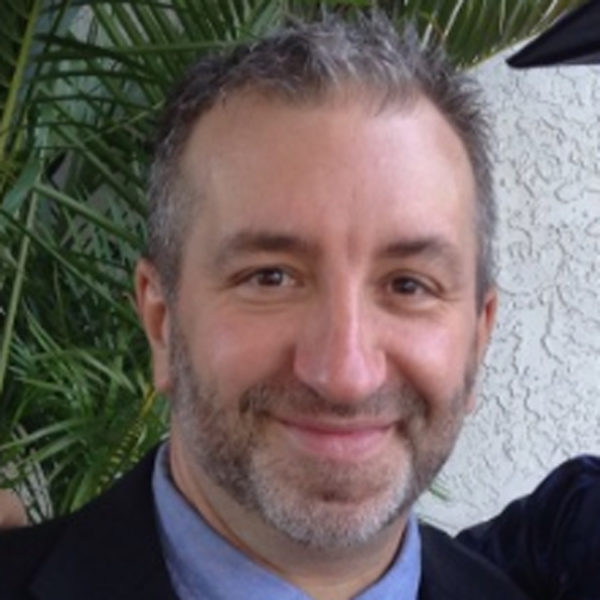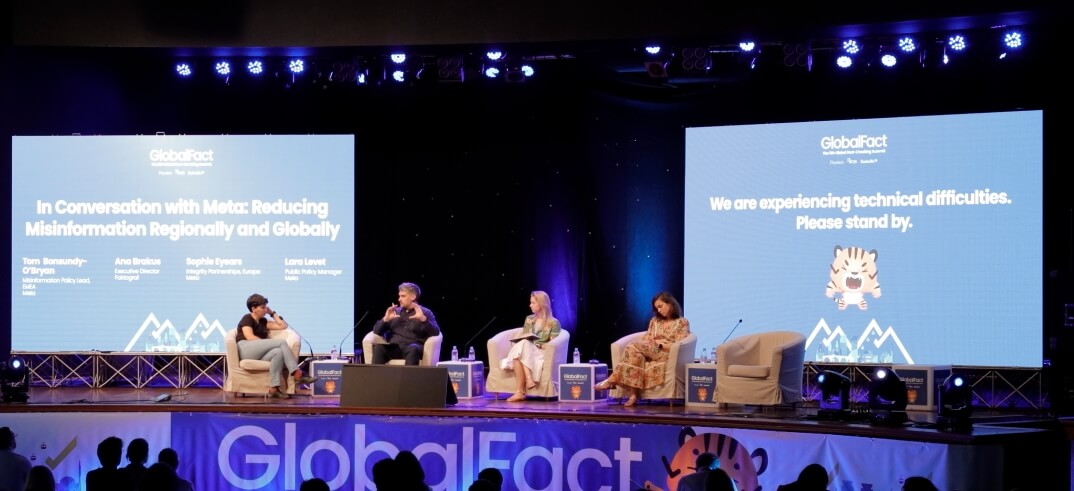It was Valentine’s Day, 2018. At 2:19 p.m., an Uber driver dropped a 19-year-old off at a school where he was once expelled, in the affluent south Florida suburb of Parkland. That former student, Nikolas Cruz, walked into Stoneman Douglas High School carrying a rifle case and a backpack. Over the next six minutes, Cruz shot and killed 17 students and staff members and wounded 17 more. An hour later, he was arrested.
It was one of the most horrific days in U.S. history.
What followed is what always follows in the aftermath of such tragedy. There is shock, grief, anger. Then the usual questions: How did this happen? Why did this happen? What could have prevented it? What will stop it from happening again?
The South Florida Sun-Sentinel asked those questions and more. The Sun-Sentinel’s dogged pursuit of the truth behind the one of the worst school shootings ever uncovered disturbing details from every angle, from the preparedness of the school to reaction of law enforcement and government officials to the continuing conversation about gun control.
For its efforts, the South Florida Sun-Sentinel’s exhaustive coverage was awarded the Pulitzer Prize for public service, generally considered the top honor in all of journalism.
“I think it was fitting that we won for public service because that is the attitude that we took when we pursued this story,’’ Sun-Sentinel editor-in-chief Julie Anderson told Poynter in a phone interview Monday afternoon.
After the shootings, Anderson said her staff took a step back and asked one question: How did this happen?
“We just felt like the community deserved answers,” Anderson said. “If we could really uncover all the flaws that led up to this and then the aftermath then we could save some lives in the future.”
Anderson said the reaction in the newsroom when the Sun-Sentinel learned it won the Pulitzer was a mixture of gratification and sadness.
“I don’t think it ever left our minds of why we won and the tragedy that we were covering,” Anderson said. “It was a complex reaction.”
Most of the newsroom stepped in at one time or another over the past year to lend a hand on the continuing coverage, but the core investigative group consisted of a dozen or so reporters.
“I’ve written nothing but Parkland stories for more than a year,” reporter Megan O’Matz said. “The children of the school have been on my mind every day. Twenty years after Columbine, this school district did not adequately train or prepare its staff to protect children from the very real threat of gun violence. And numerous deputies cowered instead of running in to confront the gunman. I just kept thinking of the kids waiting, waiting, waiting for help.”
O’Matz was not alone in her attachment to this story.
“Most of us can’t talk about the coverage without getting emotional,” said reporter Brittany Wallman, who covers Fort Lauderdale and was one of the Sentinel’s main reporters on Parkland. “The community is still grieving and we’re grieving right along with them. It’s just an incredible feeling, though, to know that we channeled that into something productive.”
Aside from the emotional toll the story took, reporters often faced roadblocks and threats from officials when trying to obtain public records.
“We had to use litigation, we had to call on sources to leak us lots of the documents we used,” Wallman said. “At a time when we feel so embattled as journalists as a whole, it feels really good to have that confirmation. We worked really hard.”
And the Sun-Sentinel continues to work hard.
“It’s still going on, we’re still working on it,” Anderson said. “There are still questions to be answered.”
This year’s candidates for the public service Pulitzer were particularly strong.
ProPublica was a finalist for its reporting on migrant family separation at the U.S.-Mexico border, which included haunting audio of detained and distressed children crying and calling for their parents.
The Washington Post also was a finalist for its reporting on the murder of Saudi Arabian journalist and Post columnist Jamal Khashoggi.
But the Pulitzer was awarded to the Sun-Sentinel for coverage that included breaking news stories, features, columns, graphics, photos and editorials.
“In the initial days of the coverage it was overwhelming and daunting,” O’Matz said. “Because the whole world was covering this story. We were competing for information against every news outlet imaginable in our own backyard. But, in the end, we stuck with it, day after day, to uncover why this happened and how it can be prevented in the future.”







